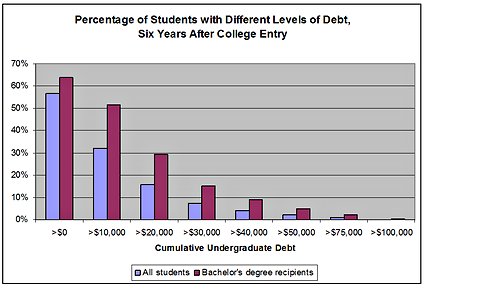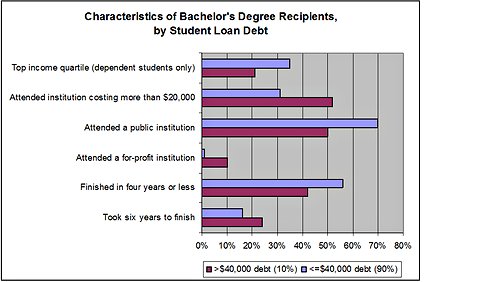 Tony Cenicola/The New York Times
Tony Cenicola/The New York Times
Holiday spending is a source of concern and stress for many Americans, even as they plan to spend less money, according to recent CBS News polls. A third say they feel more stress than usual about the amount they plan to spend on gifts, and half are concerned they will not be able to afford the gifts on their list this season. And with these anxieties, few anticipate spending any more this year than last year.
Not surprisingly, household income plays a role in how people consider their holiday budgets. Those who are less affluent are more likely to spend less money on gifts this year, are more concerned about not being able to afford what they want to buy, and express more anxiety about the spending money on gifts this year. The poll was taken Nov. 18-21 with 951 adults.
Half of all Americans and two-thirds of those with annual incomes under $50,000 are very or somewhat concerned that they will not manage to pay for the holiday presents they want to purchase. Twenty percent of those surveyed with incomes over $50,000 say they are feeling more stress about their holiday spending this year than usual, while more than twice as many less affluent Americans feel that way.
Another CBS News poll, taken Nov. 6-10 with 1,182 adults, suggests that few Americans are feeling generous this year. Just 9 percent of respondents said they would spend more on gifts this year than they did last year. About half said they would spend about the same amount on holiday presents. And four in 10 expect to spend less money shopping for gifts this year than last year.
Again, less affluent holiday shoppers will be making more economies this year than those who are better off.
Both surveys were conducted with landlines and cellphones nationwide and each has a margin of sampling error of plus or minus 3 percentage points for all adults. The margin of sampling error for subgroups is larger.
Article source: http://feeds.nytimes.com/click.phdo?i=f1abdb31c9c67e8bafe2cc1f35e9ee16






